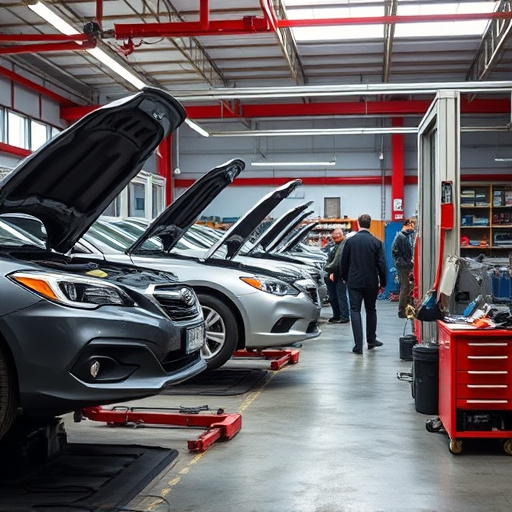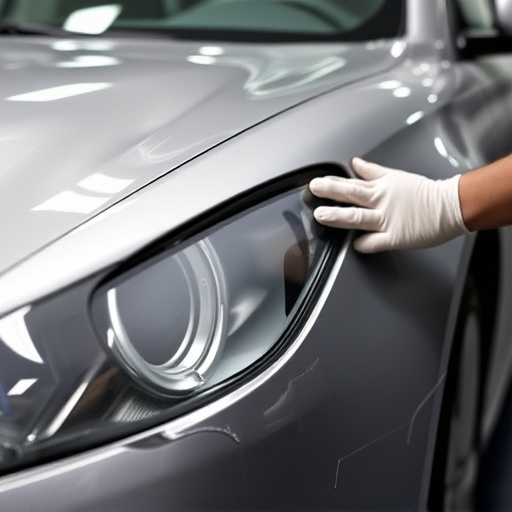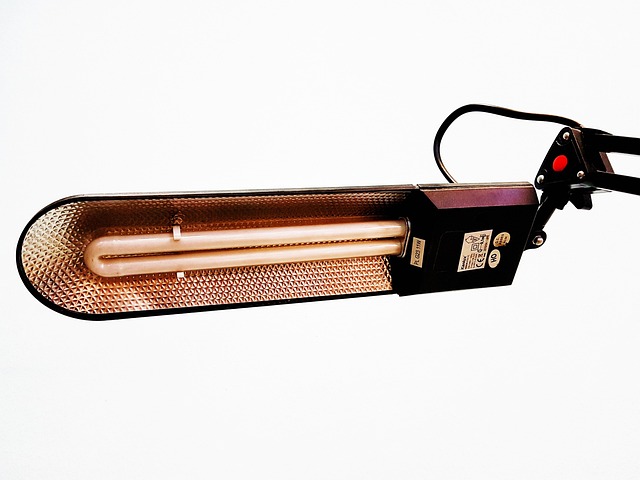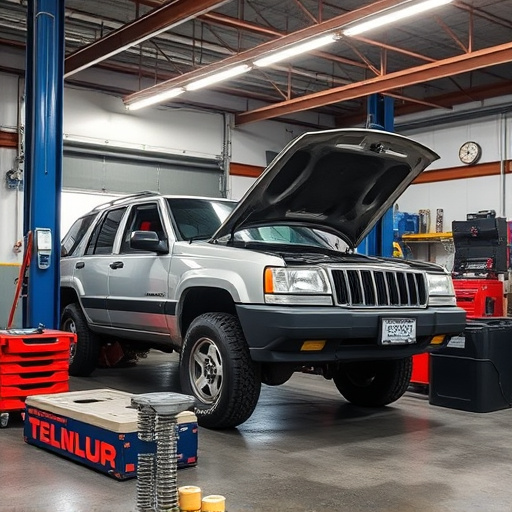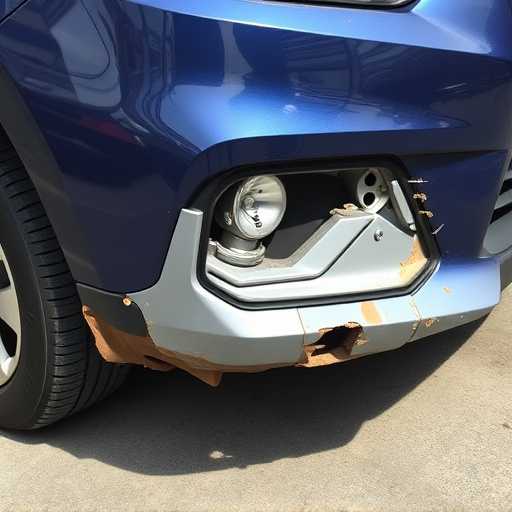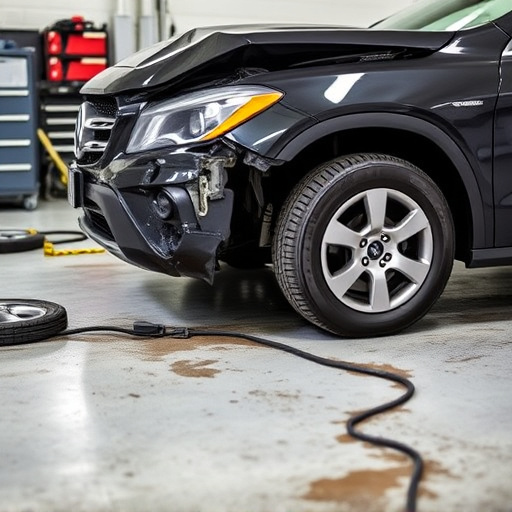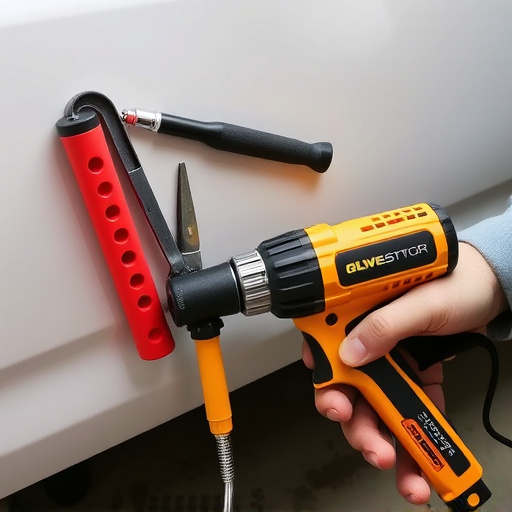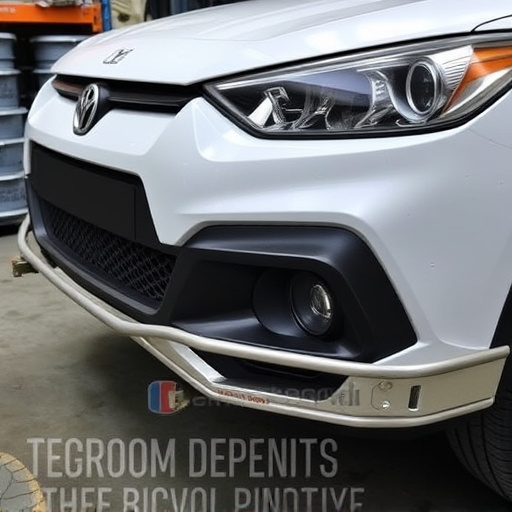A meticulous vehicle delivery inspection is vital for fleet operators, ensuring safety and quality standards. This process goes beyond surface checks, examining every critical component for optimal performance and security. By adopting robust protocols, businesses can identify and rectify issues early, extending vehicle lifespans, enhancing efficiency, reducing breakdowns, and boosting customer satisfaction through cost savings. Comprehensive inspections include detailed mechanical, structural, and safety checks tailored to vehicle type, with checklists guiding fleet managers, drivers, and mechanics for reliable, safe deliveries.
In the fast-paced world of fleet and commercial vehicles, ensuring the integrity and safety of your assets is paramount. A thorough vehicle delivery inspection plays a pivotal role in this process, acting as a protective measure against potential risks and costs associated with damaged or poorly maintained vehicles. This article delves into three critical aspects: understanding the significance of these inspections, identifying key components for comprehensive fleet assessments, and implementing effective commercial vehicle checklists to optimize safety and efficiency.
- Understanding the Significance of Vehicle Delivery Inspection
- Key Components of a Comprehensive Fleet Inspection
- Implementing Effective Commercial Vehicle Checklists
Understanding the Significance of Vehicle Delivery Inspection

A thorough vehicle delivery inspection is paramount for fleet and commercial vehicle operators to ensure top-notch quality and safety standards. This process goes beyond a basic visual check, encompassing a comprehensive evaluation of every component crucial for optimal performance and passenger/cargo security. By implementing rigorous inspection protocols, businesses can mitigate risks associated with defects or damage that may have occurred during transit or assembly.
Effective vehicle delivery inspections facilitate early identification of issues such as body damage, misalignment in the frame, or subpar finishing in the bodywork. Prompt attention to these concerns allows for timely corrective actions, whether it involves car body repair, frame straightening, or other specialized services. This proactive approach not only extends the lifespan of vehicles but also enhances operational efficiency and reduces unexpected breakdowns, ultimately contributing to cost savings and enhanced customer satisfaction.
Key Components of a Comprehensive Fleet Inspection
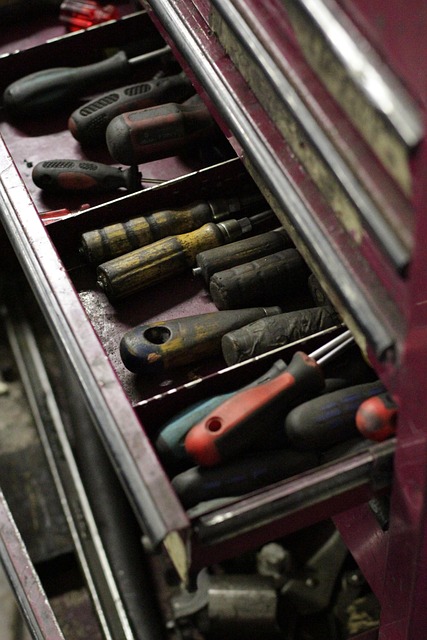
A thorough vehicle delivery inspection is paramount for ensuring the condition and safety of fleet and commercial vehicles. It involves meticulous evaluation of several key components, extending beyond a simple visual assessment. This process encompasses mechanical functionality, structural integrity, tire conditions, and even the state of critical fluids like brake fluid and engine oil.
In addition to these core aspects, a comprehensive inspection should delve into specific areas unique to each vehicle type. For instance, examining the undercarriage for signs of damage or corrosion is essential in vehicles with elevated cargo areas. Just as important are regular checks on lighting systems, wiper blades, and safety features such as airbags and restraints, ensuring they function optimally. Furthermore, given the prevalence of Mercedes Benz repairs and auto maintenance across diverse fleets, specialized attention to these luxury vehicle’s intricate components can prevent costly breakdowns down the line.
Implementing Effective Commercial Vehicle Checklists

Implementing effective commercial vehicle checklists is a vital step in ensuring smooth vehicle delivery and maintaining high safety standards. These checklists serve as a structured guide for fleet managers, drivers, and mechanics to thoroughly inspect every aspect of a vehicle before it leaves the lot or is handed over to a client. A comprehensive checklist should cover exterior and interior conditions, mechanical functionality, tire pressure and wear, lighting systems, brake performance, and any signs of recent damage or repairs.
By utilizing these checklists, collision centers and car repair services can streamline their processes, minimize errors, and enhance customer satisfaction. Regular checks for issues like dented panels, cracked windshields, or misaligned frames during the vehicle delivery inspection process can prevent costly repairs down the line. Additionally, focusing on tire services—including tread depth, alignment, and pressure—is crucial for safety and fuel efficiency. Effective checklists empower professionals in the industry to provide quality assurance, ensuring that each commercial vehicle is safe, reliable, and ready for its intended purpose.
Vehicle delivery inspection is a vital process for maintaining fleet and commercial vehicle safety, ensuring compliance with regulations, and mitigating risks. By thoroughly inspecting each vehicle upon delivery, businesses can prevent costly repairs, reduce downtime, and enhance overall operational efficiency. Implementing comprehensive checklists tailored to specific vehicle types and industry standards is key to streamlining the inspection process and fostering a culture of safety and accountability.


